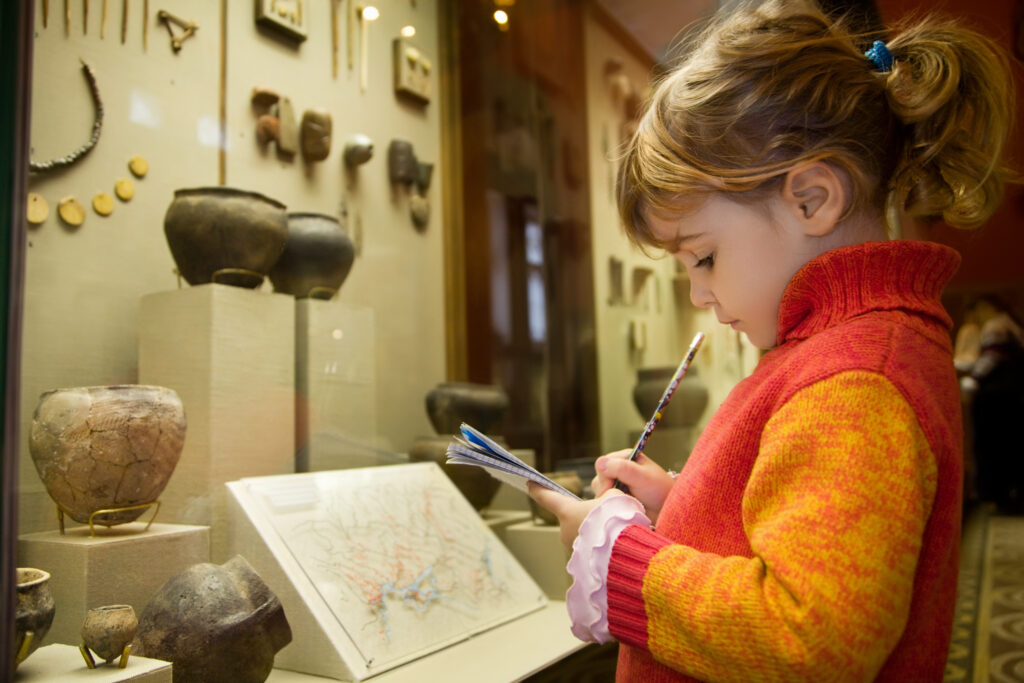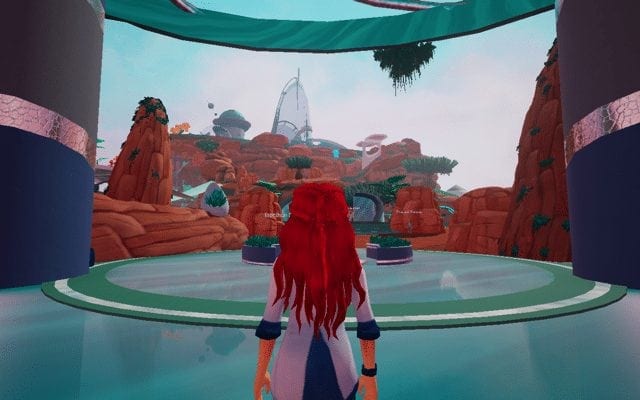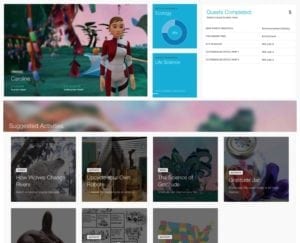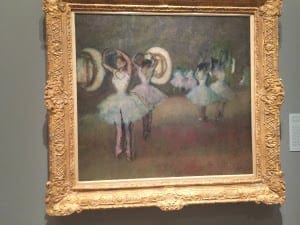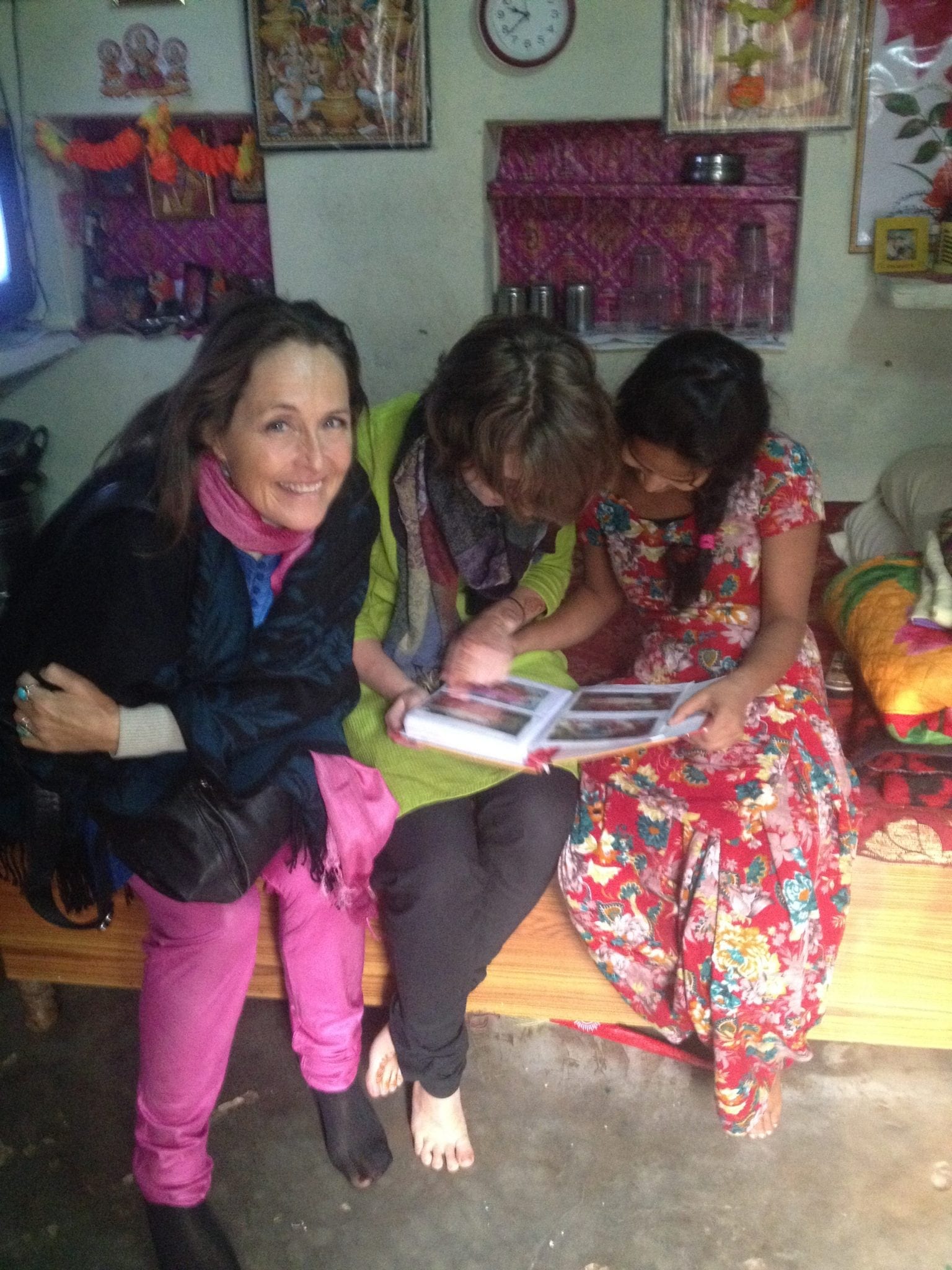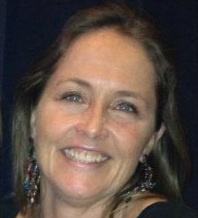Eclectic Academic Homeschooling
One question we get fairly often is: What is an eclectic academic homeschooler?
SEA Homeschoolers is an Eclectic Academic Homeschooling Group
The word “academic” in our name, is there to help people decide if this is the right group for them. However, it can be a little messy sometimes, because we are an eclectic academic homeschooling group. An important tenet of eclectic homeschooling is to use the method that works best for your children. And whatever that is, is the best method. Which means we are soft around discussions about methodologies. Every single one of the SEA Facebook Admin is an experienced homeschooler, and we have observed through our own experience and through being around this community for years, that there are a lot of different approaches and methodologies that work. Read on to learn more about eclectic academic homeschooling and contact us today.
Use The Method That Works Best For Your Children
My advice is that when people push about what you should use, take that with a grain of salt. They are simply telling you what works with their child. Under no circumstances does that mean it will work best for yours. It doesn’t even mean it will work best for their children the entire way through. Children change and the method that works best for children to learn from generally changes too. A great question to ask when people push a non-academic path is, “How old is your child?” I know of many cases where someone radically unschooled a 6- or 7-year-old, only to choose a more academic approach as their child aged. And if using curriculum and worksheets is working for you and your child, do not listen to anyone who says derogatory things about that. You are homeschooling your child, and you get to do it your way.

SEA Homeschoolers Is a Great Place to Discuss Innovative Academics
This group started as a place to discuss innovative academics. I wanted to create a place to talk about how we can take learning and make it something special that promotes and benefits our children’s unique thinking and learning styles. In this group, we see learning as a meaningful and empowering endeavor that is important to engage in to help children on their path to getting to be who they want to be, so they can live their one wild and precious life. We are not an anti-intellectual group. This is not a group that eschews learning. Because of that we do not eschew teaching, either. People are adults a lot longer than they are children. As the founder of SEA Homeschoolers, I believe that an education is an essential component for helping children to get to live the adulthood they want to live. And if you are homeschooling, it is a responsibility you have taken on. I feel strongly that it is important to have places, like this one, where we can discuss innovative, academic homeschooling to help with the nuances, ups and downs, struggles and successes, tips, and advice for meeting the responsibilities of home educating our children.

The Curriculum Question for Eclectic Academic Homeschooling
A second, related topic we get a lot of questions about is our stance on curriculum. When I founded SEA Homeschoolers, I had already written several science courses that were then and still are used in our community. I am the primary science author for the R.E.A.L. Science Odyssey line. I have written science curricula and books focused on Project-Based Learning for SEA Press. I have written a book (that is taking forever to get out in publication — but it will be out one of these days) for the National Science Teaching Association. Many of you might not even realize that the founder of this group has written an extensive amount of science curriculum. It should come as no surprise, now that you do know that overall, I think curriculum is essential to ensuring children learn important core information in a way that is adequate and accurate. Generally, curriculum written by people who have experience in the areas they are developing materials for does a better job of meeting those metrics. Even if you just use it as a reference, it is important to know what should be learned and when.

Ensuring Your Children Are Learning The Important Foundational Fundamentals
I used curriculum from start to finish while homeschooling my son. Not for every single subject, but for most. I am not an expert in all the areas where my child needed to learn. As the primary person choosing what my child learned, I felt a strong responsibility to ensure he got his information from people who honestly understood what needed to be learned in that area. Sometimes we stuck strictly to the curriculum and followed it exactly. At other times, we used it as a guide for what should be learned and “riffed” off of it, using it for the topics that should be learned, and then learned them in our own way. Does that mean curriculum is always the answer? I am not saying that either. But it is a lot harder to ensure your children are learning the important foundational fundamentals if you do not use curriculum written by experienced professionals.

Did using curriculum and choosing an academic path ruin my son’s childhood? He would not say that, and his opinion is the only one I care about in answer to that question. In fact, last year my child (now 21) thanked me for sticking with academics when he wanted to eschew them. When he was 10 and then 15 and didn’t want to learn math anymore, I told him that was too bad because math was not an optional subject. He just completed his first econ class in college on his way to getting either a Business degree with an environmental engineering focus or an Environmental Engineering degree with a business focus (he is doing an internship this summer where he hopes to figure that out). He would be the first to tell you he is happy his mom didn’t let math be optional. When he was 16 and spent an entire month fighting with me to let him just hang out with friends and not do school, I would not let that happen either. He appreciates that I held the line there as well. As with many eclectic academic homeschoolers, my child had a lot of say about his education in ways that were profound and empowering. What he didn’t have a say over was whether he learned or not, or whether he got a well-rounded education focused on important topics. Those last two sentences, in a nutshell, are at the heart of what eclectic, academic homeschooling is all about.
The Mission and Purpose of Secular, Eclectic, Academic Homeschoolers
What is the mission and purpose of SEA Homeschoolers? It is to provide a community filled with information, resources, and support to help your family on your eclectic academic homeschooling journey. Its reason for being is a place to discuss innovative learning and academics that empower and facilitate. At SEA Homeschoolers, we recognize what a big responsibility the education of our children is. Along with you, we have chosen to take that on. We do not want you to feel alone. Through our many voices, this community can help you with the heavy lifting of figuring out what your child’s education will look like. At the same time, your child is a unique individual. My final recommendation is that you take the advice that resonates with you and ignore the advice that doesn’t. There is absolutely no one-size-fits-all for learning.
Here is a freebie download from Blair Lee to help you handcraft a secular, eclectic, academic homeschooling journey. To learn more or get started, feel free to contact SEA Homeschoolers.
Want more like this? Check out the SEA Homeschoolers Magazine and SEA Homeschoolers Online Conference Series.
New to Homeschooling? Check out our How to Homeschool 101 Article.
Want to know what SEA Homeschoolers is about? The SEA Homeschoolers Team collaborated on a list of 27 WE BELIEVE statements so you would know the answer!
Find links to the 8 SEA Homeschoolers Facebook Groups here.




